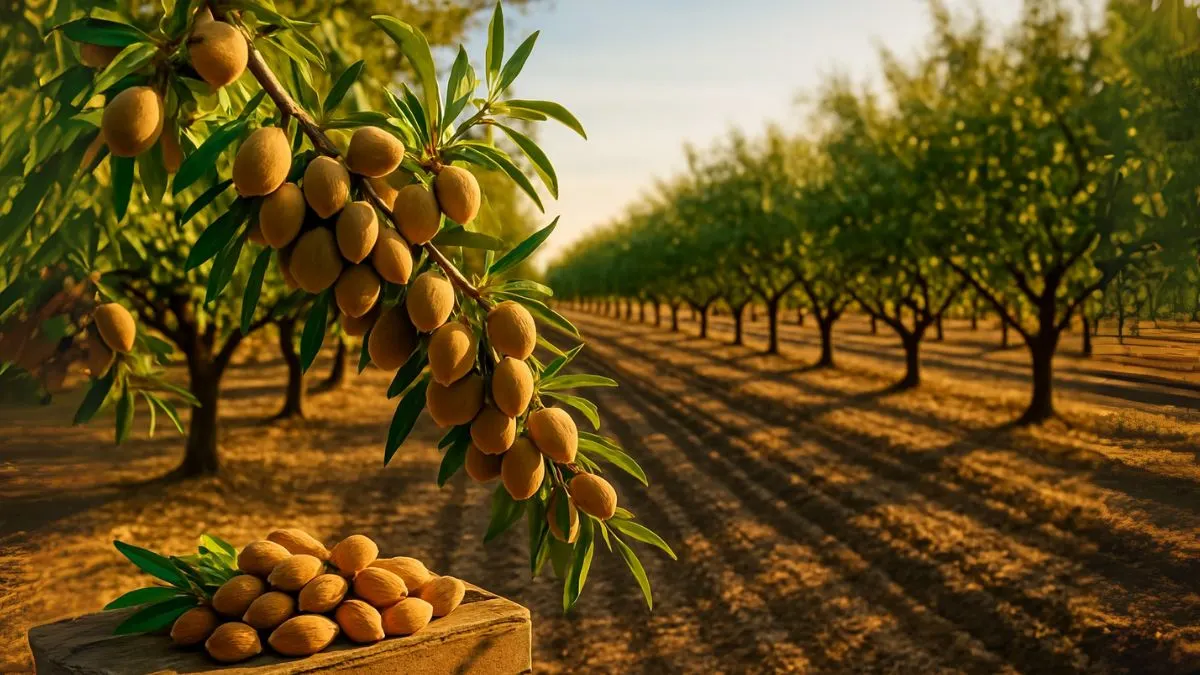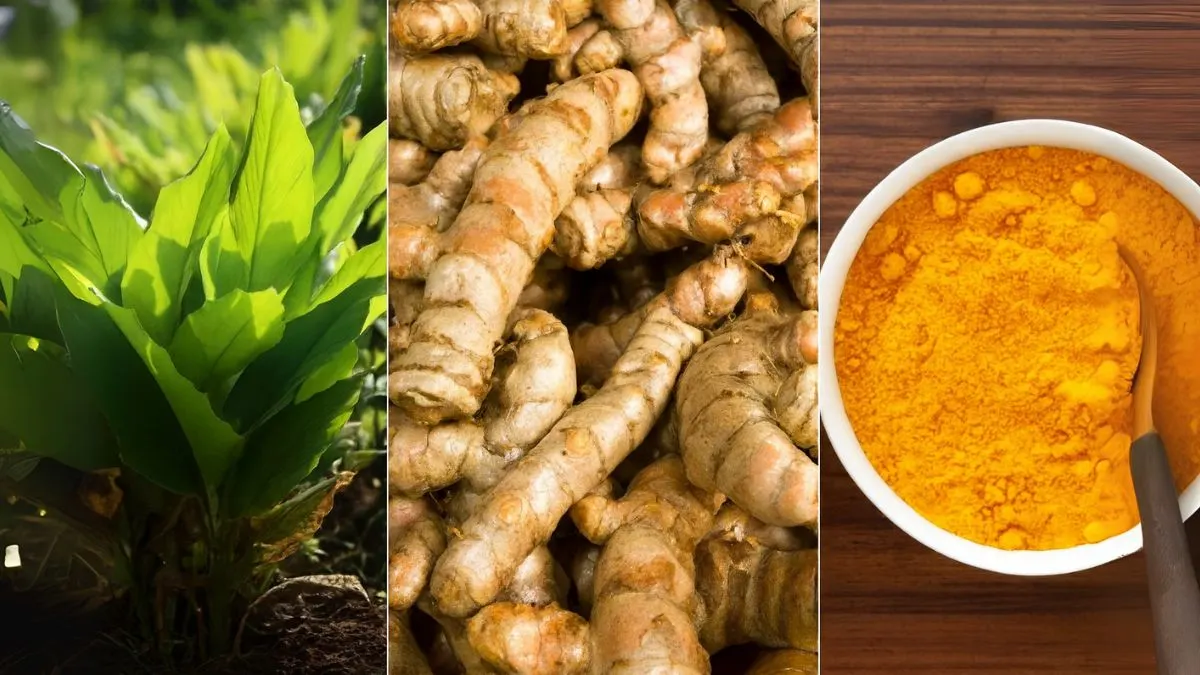Almonds aren’t just trendy snacks or smoothie boosters—they’re a billion-dollar global industry. Whether you enjoy them roasted, in almond milk, or as flour in baked goods, chances are high that those almonds came from one place: the United States.
In this blog, we’ll explore who the largest producer of almonds is (spoiler: it’s not even close), how production has exploded over the years, and which countries in the Southern Hemisphere are emerging as future almond powerhouses.
The USA Is the Leading Producer of Almonds
California’s Central Valley – The Almond Capital of the World
If almonds had a home, it would be California. The USA is the leading producer of almonds, and nearly 80% of the world’s almonds come from California alone.
“The United States is the unchallenged number one in world almond production,” says nearly every global agricultural trade report you’ll read—and they’re not wrong.
With over 7,600 almond growers across the state, California harvested over 2.6 billion pounds of almonds in the most recent crop year, according to the Almond Board of California.
Why California?
- Ideal Mediterranean climate
- Rich, well-draining soils
- Advanced irrigation systems
- Strong export infrastructure
Having driven through California’s Central Valley, I can personally say: the sight of endless almond orchards stretching to the horizon is breathtaking—and humbling.
Global Comparison – Other Almond-Producing Countries
Though the U.S. dominates, several other nations are steadily scaling their almond output.
| Rank | Country | Annual Production (Metric Tons) |
| 1 | United States | 1,300,000+ |
| 2 | Spain | ~100,000 |
| 3 | Australia | ~90,000 |
| 4 | Iran | ~70,000 |
| 5 | Turkey | ~50,000Why the World Can’t Compete with America’s Almond Game |
Sources: FAO, USDA, and local agricultural boards.

Almond Farming in the Southern Hemisphere
Why the South Is Rising
Countries in the Southern Hemisphere, like Australia, Chile, and South Africa, are gaining momentum thanks to:
- Opposite harvest seasons (great for year-round global supply)
- High export potential
- Technological innovation in irrigation and pest control
Australia, in particular, is becoming a secondary export hub, supplying almonds when the U.S. market is in off-season.
Economic Impact of Almonds in the USA
A $6 Billion Industry
According to the Almond Board of California, the almond industry contributes over $6 billion annually to California’s economy. It supports more than 100,000 jobs, from farming and processing to transport and logistics.
Major Export Markets
- India
- China
- European Union
- United Arab Emirates
I once witnessed firsthand how almond demand spikes in India around festival seasons like Diwali, where gifting almonds is a cultural norm. The U.S. export curve often reflects these demand patterns in real time.
Also Read: Indoor Plant Room: Transform Any Space into a Lush Oasis
Sustainability in Almond Production
Water Controversies & Solutions
Yes, almond farming uses a significant amount of water—around 1.1 gallons per almond. But the industry is adapting fast:
- Drip irrigation systems
- Bee-friendly certified programs
- Carbon sequestration efforts in almond hull usage
Waste Not—Byproducts That Work
Every part of the almond is now being utilised:
- Hulls are used as cattle feed.
- Shells become biomass for energy.
- Tree pruning gets turned into mulch and compost.
Also Read: The Bird That Symbolizes Eternal Love
Innovations Driving Almond Yield
California’s almond growers are ahead of the curve with:
- AI-based irrigation monitoring
- Satellite crop mapping
- Drones for pollination tracking
These advancements make the leading producer of almonds also one of the most efficient.
The Almond Crown Remains Firmly American
From economic dominance to innovative growing practices, the USA is the leading producer of almonds, and it’s not slowing down anytime soon. While the Southern Hemisphere is catching up in scale and sustainability, the United States is the unchallenged number one in world almond production, especially in value-added products and global exports.
So next time you enjoy an almond latte or snack on a roasted handful, you’ll know exactly where your crunchy treat likely came from—and the massive industry behind it.



